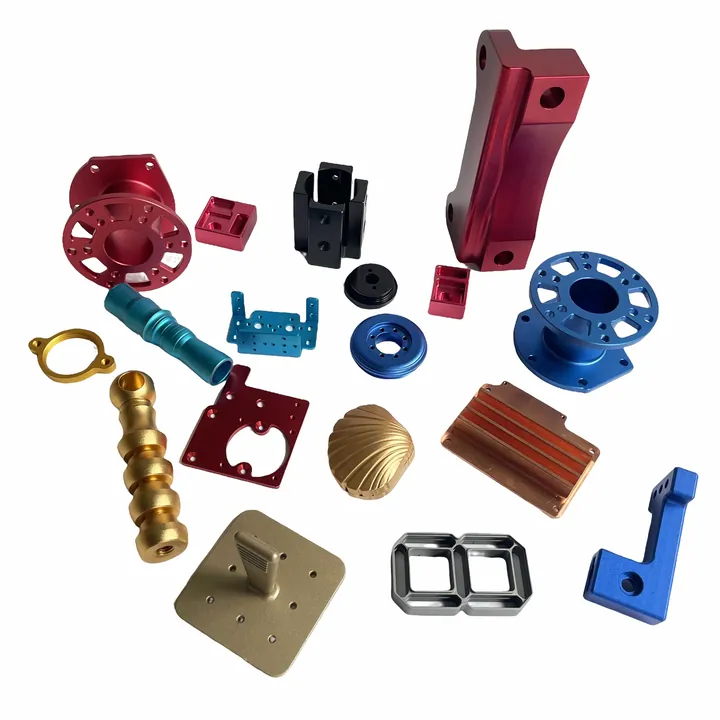What is a thermal break window? Is it worth for home?

I know choosing energy-efficient windows can be confusing. You want something that cuts heat loss but isn’t just marketing.
Thermal break windows are designed to reduce energy loss by inserting an insulating barrier into the metal frame, making them a strong upgrade for most homes.
Let me explain how they work, what they’re made of, and if they’re worth your money.
How do thermal break windows reduce energy loss?
Thermal break windows separate the interior and exterior frame with a non-conductive barrier like polyamide. This stops heat from moving through the metal.
The thermal break disrupts the conductive path, keeping indoor heat from escaping in winter and blocking outside heat in summer.

Aluminum is a strong, durable frame material, but it also conducts heat easily. A thermal break window adds a plastic or foam insert between the inner and outer aluminum sections. This acts like a thermal dam.
Benefits:
- Less heat transfer → less work for heating/cooling systems
- More stable indoor temperatures
- Lower risk of condensation on interior window frames
- Better acoustic insulation
For example, standard aluminum frames may have a U-value around 6.8 W/m2·K, but thermally broken frames can drop below 1.5 W/m2·K. That’s a big energy savings.
| Frame Type | Typical U-Value (W/m2·K) |
|---|---|
| Standard aluminum | 6.0–6.8 |
| Thermally broken alum. | 1.3–1.6 |
Thermal break windows reduce heat loss by blocking conductive paths in the frame.True
The barrier in the frame interrupts heat flow, cutting energy loss.
Standard aluminum windows are naturally insulating.False
Aluminum conducts heat very efficiently unless a thermal break is added.
What materials are used in thermal break frames?
Thermal break frames are made using insulating materials placed inside aluminum or steel frames. These barriers interrupt the metal’s ability to transfer heat.
Common materials include polyamide, polyurethane foam, and fiberglass-reinforced plastics.

Common materials:
- Polyamide 6.6 (PA66) with fiberglass – durable, stable, low thermal conductivity
- Polyurethane rigid foam – lightweight, easy to form, good insulation
- Glass-fiber reinforced plastic (GFRP) – excellent for strength and insulation
The chosen insert needs to be strong, weather-resistant, and bond tightly to aluminum. Polyamide is the most widely used for commercial-grade windows because it balances all three.
| Material | Thermal Conductivity | Notes |
|---|---|---|
| Polyamide (PA66 GF25) | ~0.3 W/m·K | Most common, strong and stable |
| Polyurethane foam | ~0.02 W/m·K | Excellent insulator, soft |
| GFRP | ~0.3–0.4 W/m·K | Strong, costly |
Polyamide is used because it is conductive.False
Polyamide is non-conductive and stops thermal bridging.
Polyurethane foam is a better insulator than polyamide.True
It has lower thermal conductivity, though it's less durable.
How much energy savings can thermal break windows provide?
Thermal break windows help reduce heating and cooling costs significantly, especially in homes with many windows.
They can reduce window heat loss by up to 60%, leading to 10–30% savings on annual energy bills when combined with double glazing.

Aluminum frames can be one of the weakest links in a building’s insulation. By inserting a thermal barrier, you turn that weakness into a strength.
For a typical 2,000?ft2 home:
- Switching from standard aluminum to thermal break frames may cut heating/cooling bills by $200–$500 per year.
- Payback period: around 15–20 years depending on local energy prices and climate.
- Additional benefit: improved resale value due to energy efficiency features.
| Frame Type | Energy Loss Reduction | Payback Period Estimate |
|---|---|---|
| Standard aluminum | 0% | – |
| Thermally broken | Up to 60% | 15–20 years |
These savings grow even more when you also install low-e glass and multi-pane windows.
Thermal break windows can reduce energy bills by 30% alone.False
The 30% savings occur when used with other energy upgrades, not from the frame alone.
Thermal break windows can reduce heat loss by over 50%.True
They dramatically reduce heat flow through the metal frame.
Are thermal break windows cost-effective in different climates?
Cost-effectiveness depends on how much heating or cooling your home needs. That depends on your climate.
Thermal break windows are effective in both cold and hot climates because they reduce both heat loss and heat gain.

In cold climates:
- Prevents interior heat from escaping
- Reduces cold drafts and condensation
- Faster payback thanks to more heating days
In hot climates:
- Blocks outdoor heat from entering
- Reduces AC usage and indoor hot spots
- Lower SHGC (solar heat gain coefficient) helps control sun exposure
In mixed climates:
- Keeps comfort consistent year-round
- Helps in both heating and cooling seasons
- Supports energy code compliance
| Climate Type | Benefit Focus | Cost-Effectiveness |
|---|---|---|
| Cold (e.g. Canada) | Heat retention | High |
| Hot (e.g. Texas) | Block heat entry | High |
| Temperate (e.g. UK) | Year-round comfort | Medium to High |
While thermal break frames cost ~25–40% more than standard ones, energy savings, comfort, and long-term value make them worthwhile in nearly any location.
Thermal break windows are only useful in cold areas.False
They reduce both heat loss and heat gain, so they help in hot areas too.
Hot climates can benefit from lower solar heat gain and better insulated frames.True
Less heat enters the home through the frame, lowering AC load.
Conclusion
Thermal break windows use non-conductive inserts in aluminum frames to stop heat loss and improve comfort. They reduce condensation, save energy, and perform well in hot or cold climates.
If you’re building new or upgrading old windows, choosing thermally broken frames is a smart long-term investment.
You’ll enjoy quieter, more comfortable rooms and lower utility bills for years to come.



